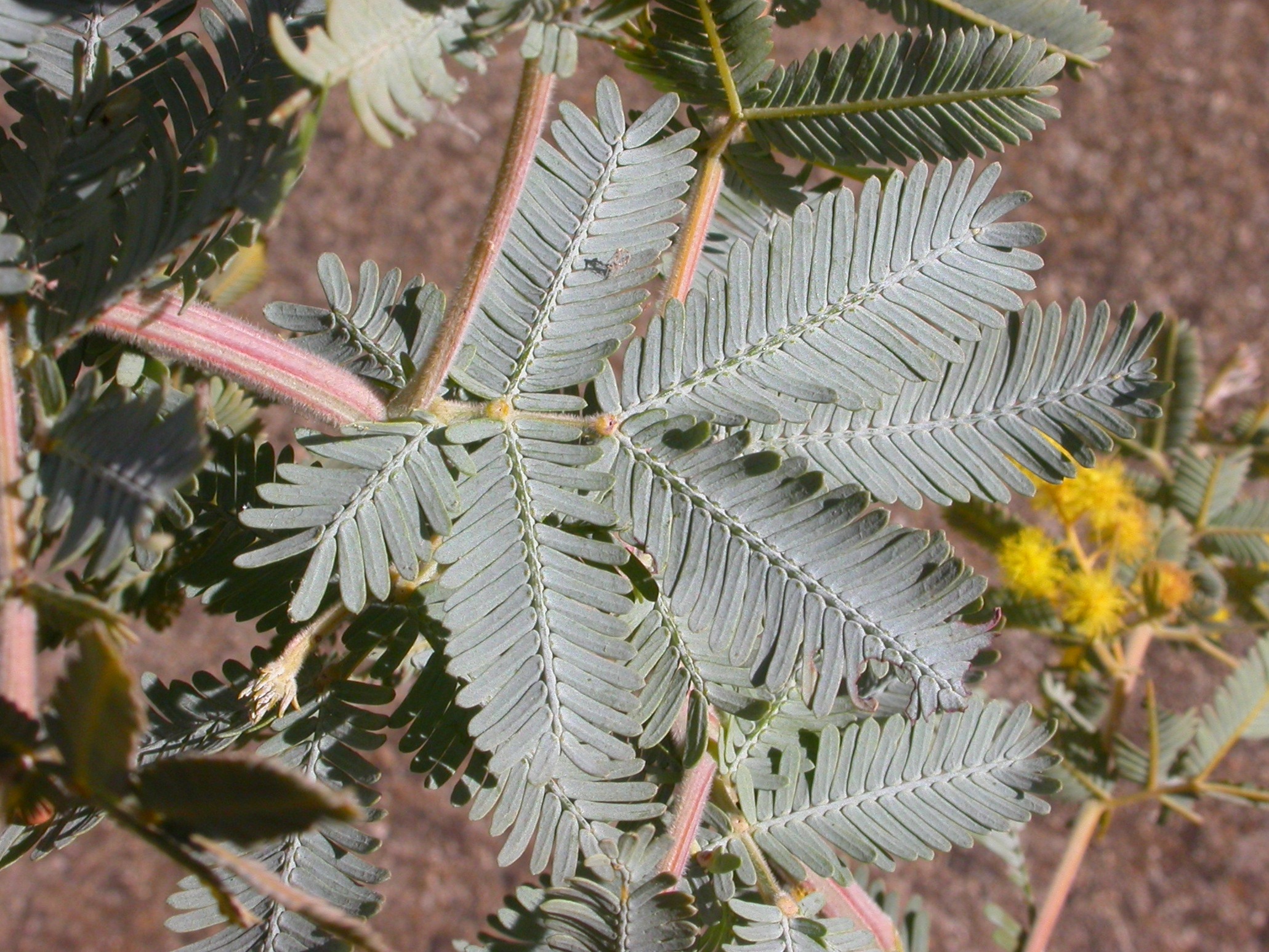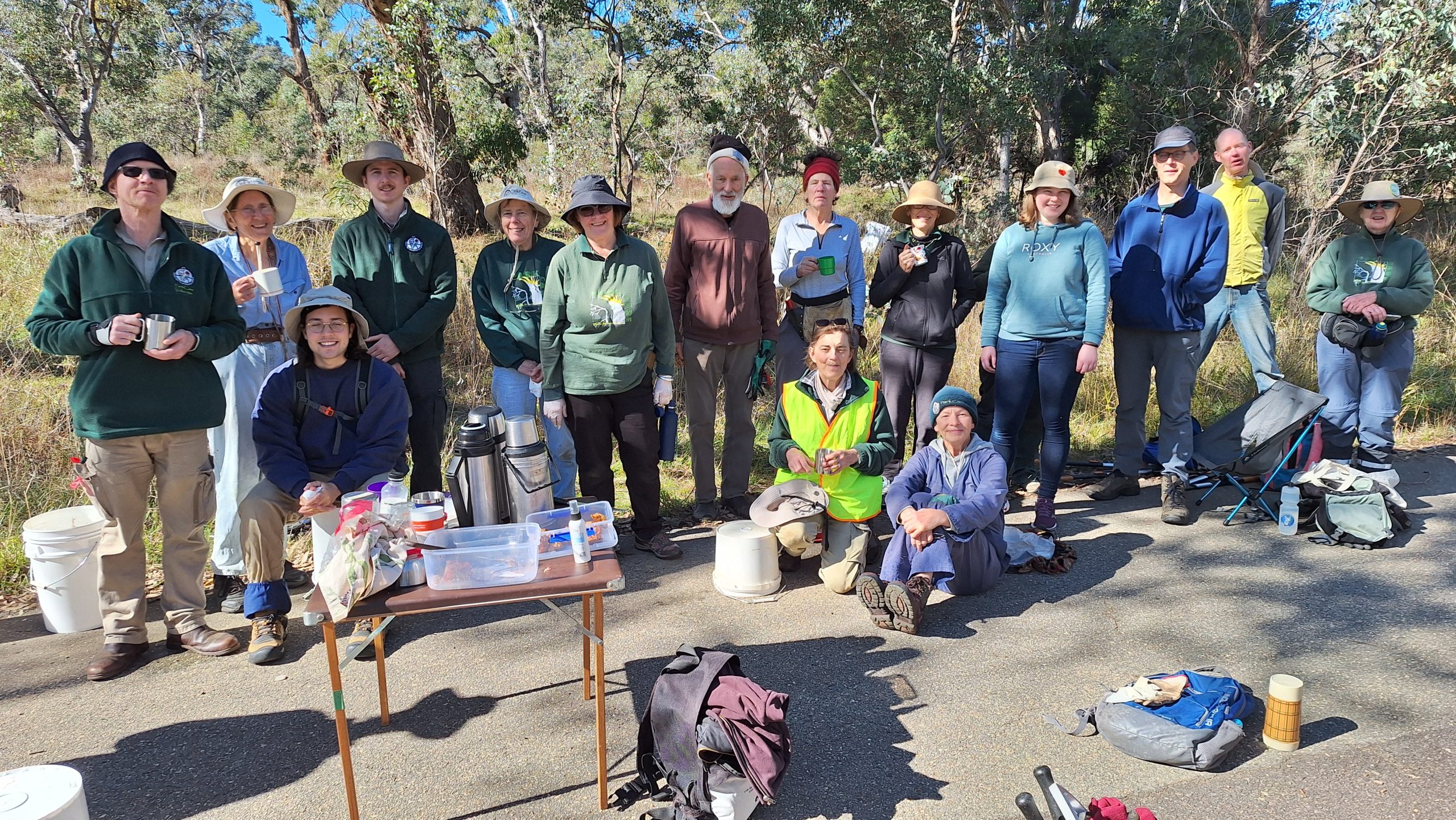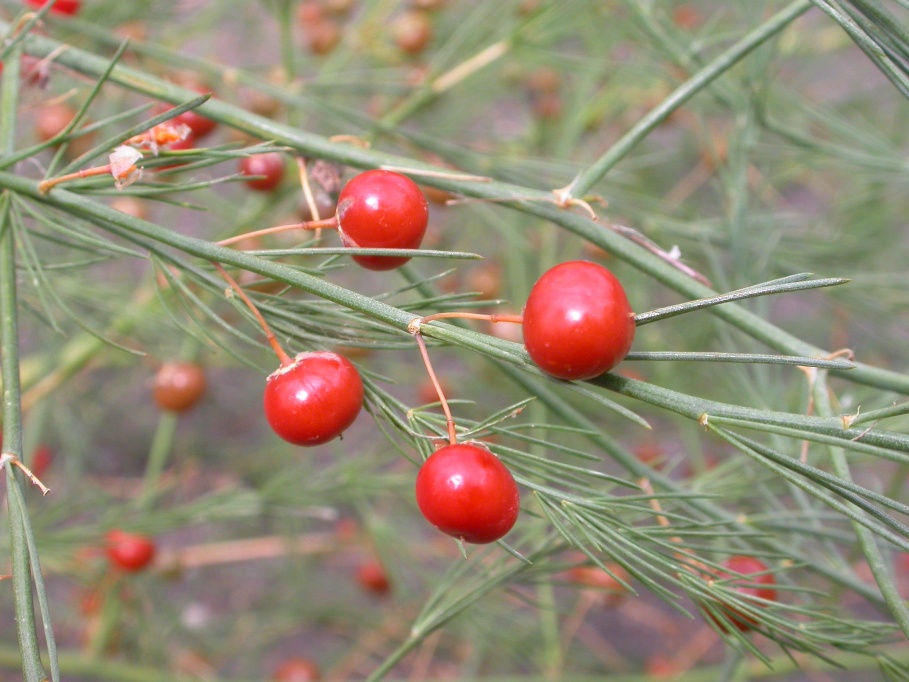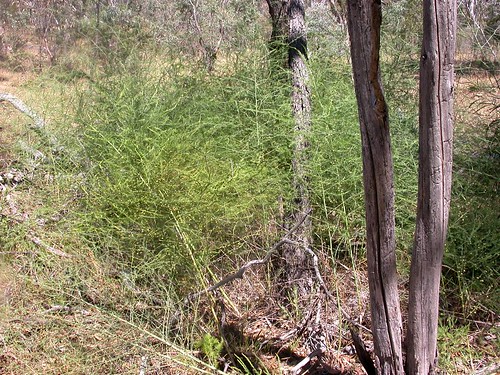
Cootamundra wattle, Acacia baileyana, leaf. The not local highly invasive wattle replaces local species such as Silver Wattle and can change endangered grassy woodland into a Cootamundra forest.
Come and give a hand at the working party held by the Friends of Mount Majura (FoMM) in the endangered grassy woodlands of Mt Majura’s west slopes.
When: Sunday, 16 June 2024, from 1.00pm to 4.00pm.
Where: Meet at the nature park entrance off Kellaway Street Car Park at the southern end of Hackett; view this map for the meeting point and work area which we call ‘The Common’.
Bring and wear: Sun protection, appropriate shoes and body-covering clothing.
What: This will be a search and destroy action to remove evergreen woody weeds such as African Olives, Privets and Cootamundra Wattles.
Click here to see the difference between the local Silver Wattle and the invasive (not local) Cootamundra Wattle.
What else to expect: tools and herbicide dabbers will be provided and a delicious cake for an afternoon snack.
Enquiries: secretary@majura.org
Novice weeders are encouraged to be early for an introduction of the target weeds and the safe handling of equipment and herbicide. You will be working in pairs or small groups.

Volunteers enjoy a morning tea break during work at the ‘Common’ in May.
‘The Common’ has a variety of weeds to be tackled, and plenty of them as we found in May when we worked with the Mt Ainslie Weeders. The corner of ‘The Common’ nearest to Kellaway St has now been cleared of Cootamundra Wattles using loppers or small saws and herbicide dabbers. Some weeders forked out and bagged Asparagus plants with many berries on them or tackled Greater Beggar’s Ticks, a new weed found on Mt Majura and Mt Ainslie. Follow the links for the underlined plants to see photos of them on Canberra Nature Mapr.
There will be plenty more to find in other sections of ‘The Common’ in June. Garden Asparagus is quite common in this area and easily spotted while its fronds are yellow.
Asparagus

Aspargus officinalis, the red berry fruits of a female plant are attractive to birds (W. Pix, Feb 2013, Mt Ainslie).
Asparagus officinalis, a herbaceous plant native to Europe, western Asia and North Africa, is widely cultivated for its edible green shoots (spears). The shoots appear in spring, and – if not harvested – grow up to 1.5m tall stems. Female plants produce red berry fruits which are poisonous to humans and eaten by birds. The above ground stems turn yellow in autumn and the plant dies back in winter; it produces a succession of new shoots through late spring and early summer.

Asparagus officinalis stems (W. Pix, 28 Dec 2012, Mt Ainslie nature reserve )
The ‘leaves’ are in fact needle-like modified stems (cladodes) born in the axils of scale-like leaves. Asparagus can become a very invasive weed which is dispersed by birds eating the berries.
Cultivation of Asparagus in gardens: ensure you grow male plants only – male shoots are as delicious as the female berry-producing plants. Click here for more information on Asparagus.
Control of woody weeds using the cut and dab method.
Cut stems close to ground level and immediately treat the cut surface with the herbicide glyphosate at high concentration e.g. 1 part glyphosate : 3 parts water; apply the herbicide with a spray bottle or a dabber.
The plant’s natural protective mechanism acts very quickly to seal off the cut surface which stops herbicide penetration into the sap stream. It is therefore important to treat the cut surface immediately, i.e. within 10 seconds after cut; the longer the treatment is delayed, the poorer the result will be. If necessary cut and treat each stem of a multi-stemmed plant separately to avoid delayed herbicide treatment.
Garden plants going bush. Some commonly grown plants in Canberra gardens are invading our bush-land where they cause environmental damage. The “garden escapes” may be Australian plants like Cootamundra Wattles that have been planted and spread outside their natural range, or plants, which have been introduced from overseas.
Your garden may be a source of garden escapes without you realising it. Birds spread seeds in their droppings after eating the berries of Privet, Asparagus, English Ivy or Cotoneasters. In addition to seed dispersal some garden escapes grow from stems after being dumped as garden waste such as English Ivy, Periwinkle or Japanese Honeysuckle.
Garden escapes cause environmental problems. They smother native plants, prevent natural regeneration and change the natural balance of resources for native animals.
FoMM conducts regular working parties to control garden escapes that have invaded Mount Majura nature reserve. You can help by joining our working bees, by removing potential garden escapes from your garden and by avoiding planting them. Information on garden plants that became environmental weeds is available at our working bees.


